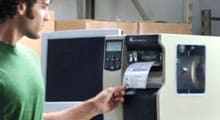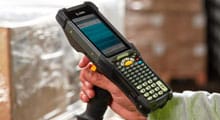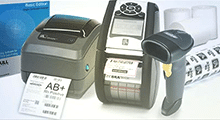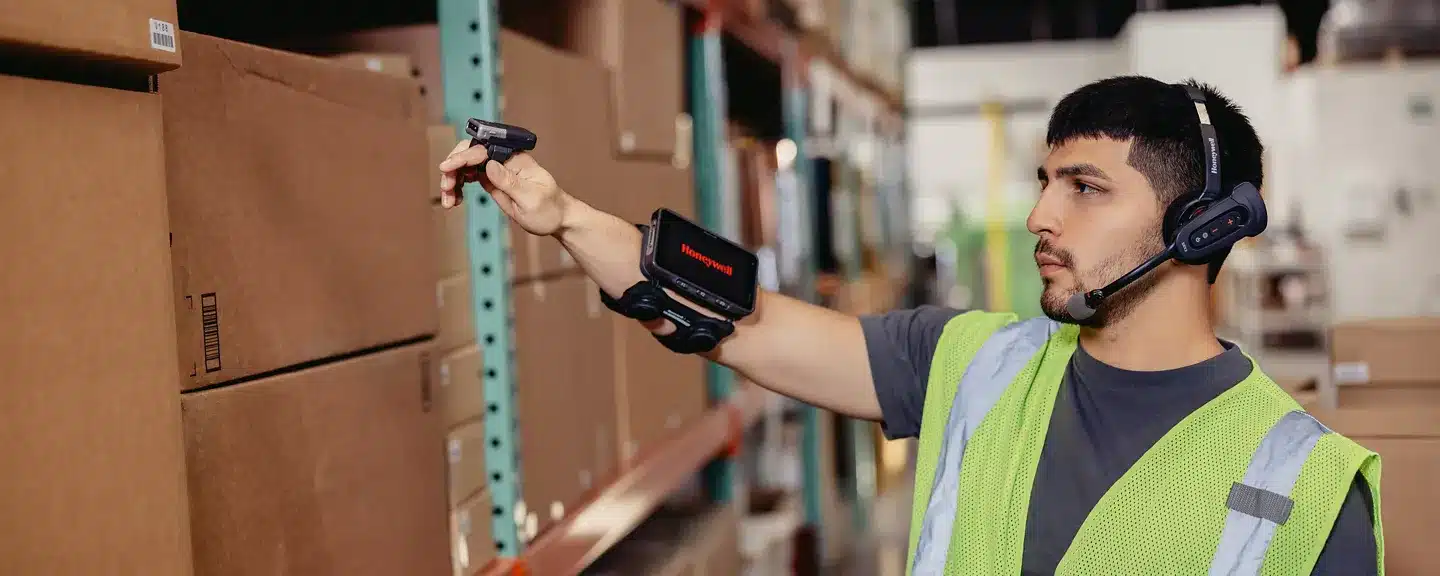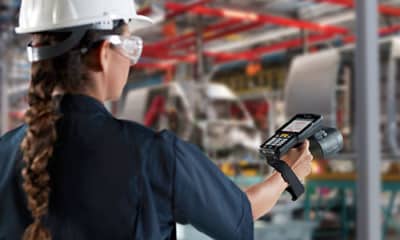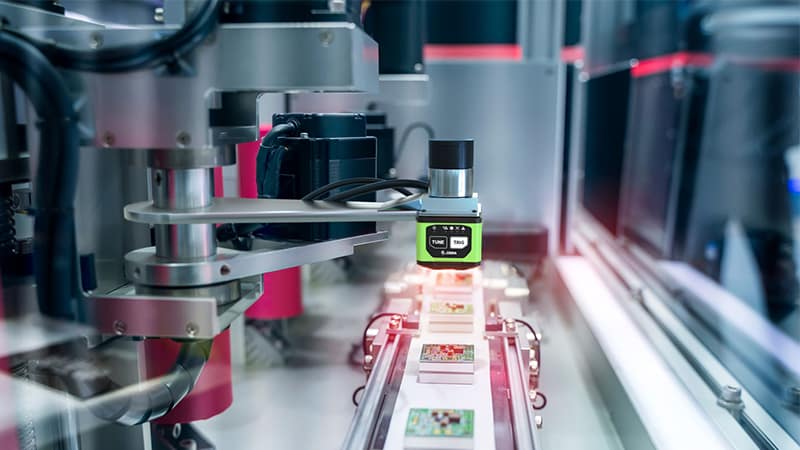In today’s complex market, enterprises need every advantage available. Automating has become essential not only for maintaining a competitive edge, but also, for keeping up in general. Warehouse automation optimizes repetitive tasks by incorporating computerized or robot-based processes. This can take many forms, but the goal is always to improve efficiency and accuracy.
Different Types of Warehouse Automation
Currently, most warehouse automation initiatives fall into one of two main categories: digital process automation and physical process automation. Optimized by warehouse management systems, both automation styles are critical for modern warehousing — and both are further divided into several subcategories, as described below:
Digital Process Automation
Digital Process Automation (DPA) draws on the power of advanced tech to automate processes involving numerous applications. The goal? To bring together a variety of people, devices, and concepts to produce the most efficient and accurate workflows possible. DPA can take many forms in the modern warehouse environment, such as:
Automated Printing & Labeling
Manual label application can be a cumbersome process. Printer applicators offer high-speed application by one of three main methods:
- Blow on with short cycles and no contact between the product and applicator.
- Tamp blow procedures that move labels closer but still prevent product and applicator contact.
- Merge (wipe on) methods that incorporate contact and are preferred for prime markets.
No matter the preferred approach, custom printing and labeling solutions provide elite product and equipment identification — accompanied by surprisingly low operational costs.
RFID
Radio frequency identification (RFID) provides real-time oversight for inventory and assets. These systems use tags that contain antennae and integrated circuits, plus readers that capture data via radio waves. This eliminates the need for line-of-sight scanning, which is typically required for barcode systems.
Voice-Directed Services
Workers still play a vital role in today’s highly automated warehouse facilities. Freed from the most cumbersome, repetitive, and dangerous tasks, they now function as dedicated problem-solvers. As such, they need to be highly aware of their environment. Hence, the need for voice-directed services that allow for “head up, hands free” operation. These solutions improve ergonomics while also boosting worker productivity.
Machine Vision
Imitating the human perception of sight, machine vision systems utilize a combination of digital cameras, sensors, and frame grabbers to great effect. Machine vision technology can extract data from barcodes, images, and other resources. These systems are heavily used for pallet scanning, label application, package tracking, and more.
Physical Process Automation
Physical process automation resembles DPA in some respects, but with the overarching goal of reducing movement within the warehouse environment. Common examples include:
Goods-to-Person
Goods-to-person (GTP or G2P) technologies ensure that the right stock-keeping unit (SKU) is consistently delivered to the right person — and always on time. This limits employee search time, so workers can avoid the frustration of aimlessly walking around the warehouse. G2P solutions are highly scalable, so operations can better keep up with evolving demands for SKUs.
Automated Storage and Retrieval Systems
Automated storage and retrieval (AS/RS) systems place and retrieve items or loads from specific locations with help from computers or robots. If items are properly stored, these systems can move high volumes quickly and with limited human intervention. These solutions work wonderfully in freezers and other harsh environments in which workers may not want to spend extended amounts of time.
Automated Guided Vehicles
Also known as self-guided or autonomous vehicles, automated guided vehicles (AGVs) move independently of human operators. They typically are used in place of conventional forklifts or manual carts. They’re especially useful for material handling, as they ensure that the right materials consistently arrive at their intended destination without delay.
Increasingly, many enterprises take advantage of autonomous mobile robots (AMRs) which provide yet another level of technological acumen. AMRs can detect obstacles and adjust their movement accordingly. These are quickly taking over warehouses, although AGVs remain important.
Sortation & Conveyor Systems
The function of traditional warehouse conveyor systems is simple: carry items from point A to point B. These are supplemented by sortation systems that direct products within strategic flows.
These solutions have become more technologically advanced as of late and are now capable of closely tracking stock levels. Automated sortation and conveyor systems also boost pick accuracy while limiting the types of human errors that commonly lead to delays.
Pallet Shuttle & Racking Systems
Pallet racking systems optimize warehouse storage by taking advantage of vertical space. These systems can be complemented by shuttle conveyances, which place rails within the racks for storing and retrieving pallets. These systems provide the best of both worlds: high-density storage and efficient retrieval.
Benefits & Use Cases
Warehouse automation offers a wide variety of compelling benefits, although these can differ considerably from one facility to the next. Key advantages and opportunities include:
- Reduced labor costs. In the midst of vast labor shortages, short-staffed enterprises are desperate to find solutions to fill in the gaps. Enter warehouse automation, which helps warehouse operations continue to run seamlessly, no matter how many employees are onsite at any given time.
- Better working conditions. Prior to automation, many human-based warehouse tasks were mundane at best and, often, incredibly dangerous. Today’s automated facilities have changed all that, allowing workers to focus on higher-level tasks. This leaves the most repetitive responsibilities to machines that can complete them more accurately and efficiently.
- Fewer human errors. User errors often occur during sortation or pick and pack procedures. In addition to causing significant delays, these errors may lead to reduced customer or client satisfaction. Automated services bypass many of the mistakes that human workers are prone to making, such as typos or double-entries.
- Warehouse safety. In addition to the largely paperwork-based errors highlighted above, traditional human workers often find themselves exposed to a variety of dangerous situations. For example, inattentive driving can cause forklift or cart crashes. Collisions are far less likely for AGVs and AMRs. Likewise, automated solutions address common safety concerns related to pallet storage and retrieval.
- Increased throughput. The ideal warehouse will handle the highest possible volume in the most efficient manner available. Often, however, traditional warehouses are anything but efficient. Automated solutions promote greater productivity by shifting away from wasteful workflows. Pallet shuttles, AGVs, and AS/RS systems are also exceptionally efficient, so more items can be handled in less time.
Current Trends
From labor shortages to a chaotic supply chain, 2022 through 2023 has presented its fair share of challenges. Many of these issues began with the pandemic but promise to continue far into the future.
Warehouse automation systems provide valuable opportunities to address these concerns in the most economically responsible manner possible. What’s more, automated solutions provide a sense of security, as business leaders know they can scale this technology up or down with few repercussions.
Key trends to watch for include:
- Cooperative automation. Humans and computerized systems bring distinct, but equally valuable skill sets to the table. Moving forward, a greater emphasis will be placed on using both of their unique capabilities, rather than simply using robots as a means of replacing humans. Workers will be pleased to ditch the most dangerous and boring tasks in favor of responsibilities that challenge and delight them.
- Microfulfillment. Highly demanding customers now demand exceptionally short shipping times. This has placed huge burdens on the already stifled eCommerce industry. Many business leaders have realized that heightened expectations will be easier to meet if a greater volume of smaller distribution centers are placed within easy reach of consumers. These will still be automated to produce exceptional efficiency.
- 5G connectivity. Real-time data is crucial to success given the rapid pace of technological development. Smart applications are more realistically implemented in facilities equipped with 5G. This will make it possible to adopt a wider variety of the automated solutions mentioned above.
Finding the Right Solution & Systems
Warehouse automation technologies may provide exciting answers to today’s unprecedented business challenges, but not just any automated equipment or system will suffice. Your business needs a custom-built solution that promotes a seamless workflow. This new system should take the realities of your industry into account, not to mention the increased need for scalability.
At Peak Technologies, we’re well aware of the benefits of this type of automation. We are proud to offer many digital warehouse automation solutions designed with modern business dilemmas in mind. Our personalized approach allows us to develop and implement targeted systems exactly as our clients see fit.
It’s time to rise to the challenge and make the most of the warehouse automation market. Contact us today to learn more about our automation services.








